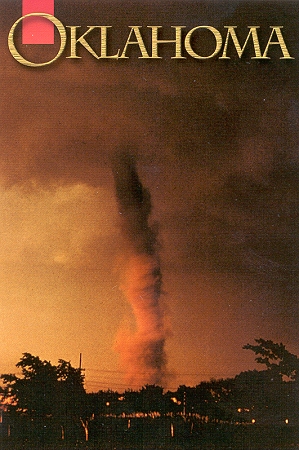 |
Spring
(March) 2001
UNL Student AMS Chapter Field Trip to Oklahoma Norman,
OK
Moore,
Oklahoma
Wichita,
KS
|
 |
Spring
(March) 2001
UNL Student AMS Chapter Field Trip to Oklahoma Norman,
OK
Moore,
Oklahoma
Wichita,
KS
|
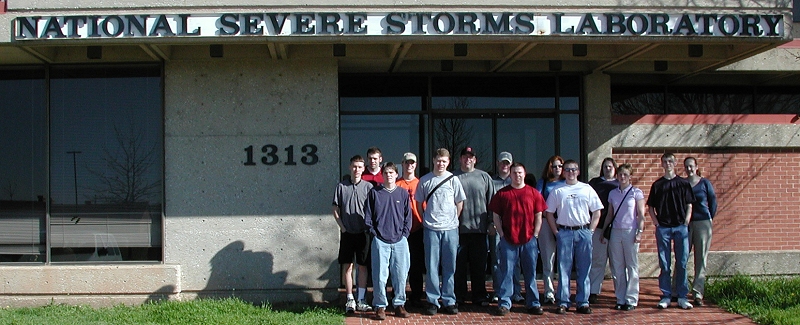 |
|
We thank the following for their
assistance with our UNL-AMS Student Chapter Spring 2001 tour:
|
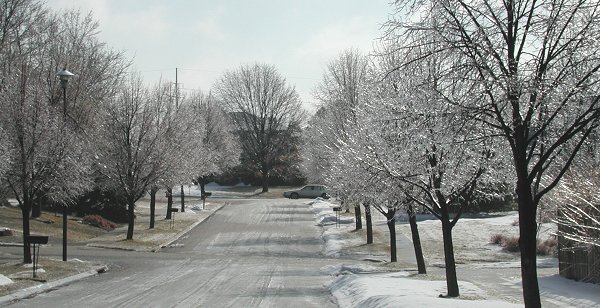 |
|
us on the morning of our departure. |
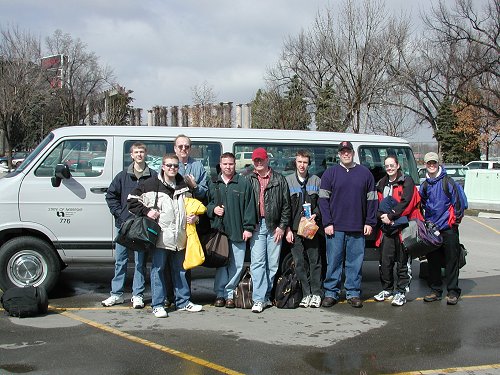 |
|
and 6 other students drove in two separate cars to Norman, OK. |
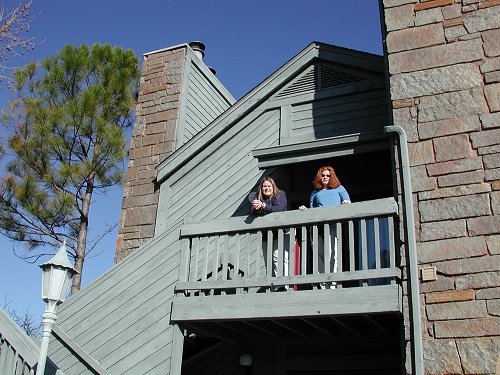 |
|
Here two of our winter weary students are soaking up some warm sunshine! |
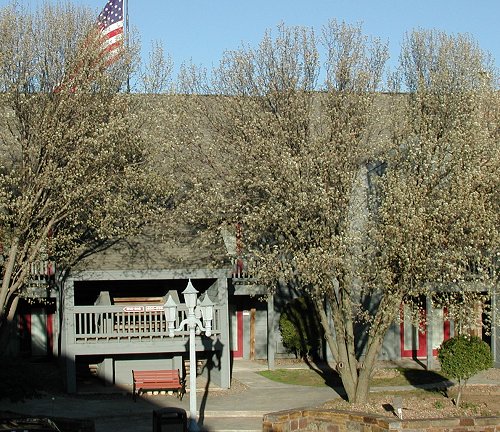 |
|
quite a contrast from the frozen landscape of Nebraska. |
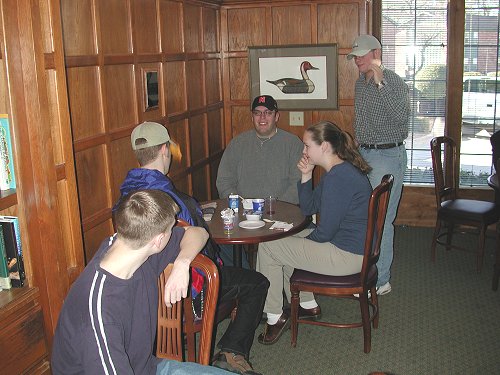 |
|
They provided us with a free breakfast each day and snacks in the evening. |
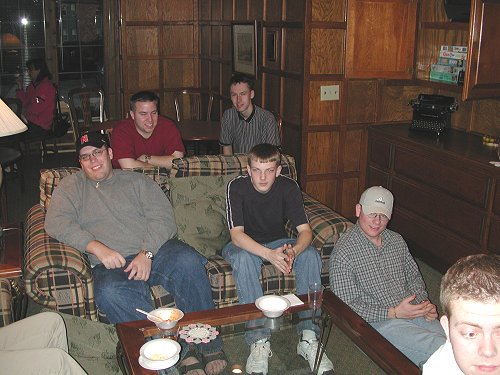 |
|
informally as a group to talk about their experiences on the field trip and of course to talk about the weather! |
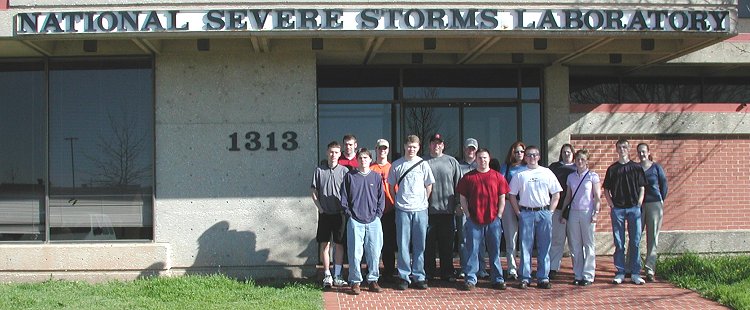
| Our first tour was at the National Severe Storm Laboratory (NSSL) in Norman, OK. Here you see 14 of our UNL AMS students prior to our tour. Note the address, 1313, is that good or bad luck? |
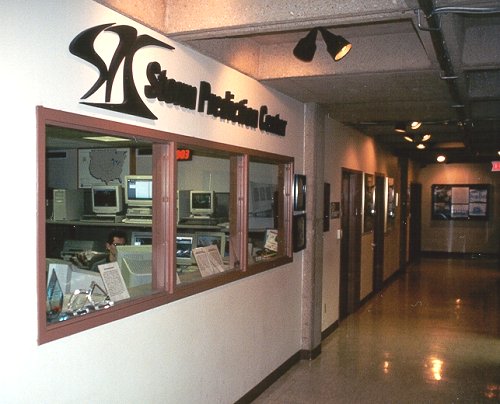 |
| The Storm Prediction Center, which handles severe weather forecasting for the entire U.S. is located within the NSSL facility. |
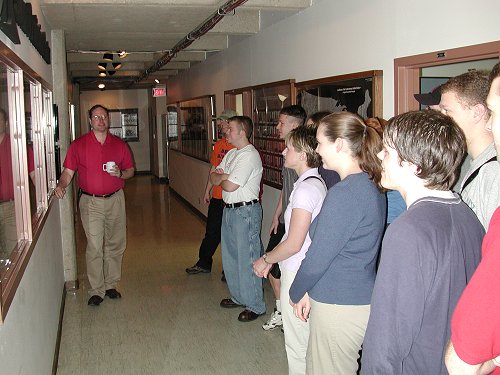 |
| Dan McCarthy, Warning Coordination
Meteorologist at SPC was our first tour guide and gave the students an
overview of the SPC daily activities. He also described some of the
past forecast situations including the infamous May 3, 1999 Oklahoma tornado
outbreak.
READ MORE
ABOUT THE SPC at their web site: http://www.spc.noaa.gov/misc/aboutus.html
|
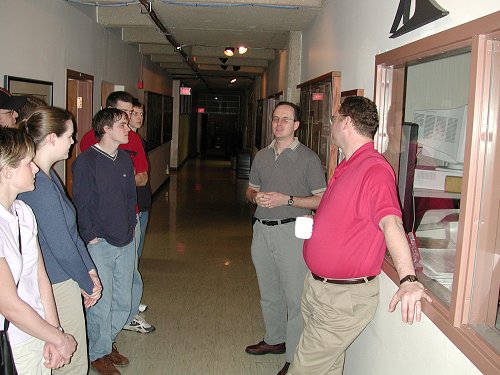 |
| UNL graduate Greg Grosshans then
joined us and described to the students his career path following graduation
in 1990 from the UNL met. program. He also described his current
duties at SPC which include development of forecast computer software.
|
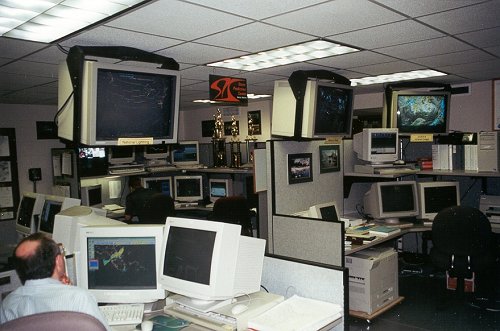
CLICK HERE or on the above photo to see a large photo of the SPC facility. |
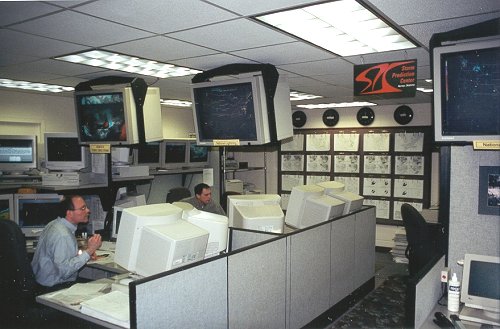 |
|
to see a large photo of the SPC facility. |
|
Unlike years ago when all their forecast information had to go out via teletype and was delayed because of that, there is instant communications now via their computer workstations. |
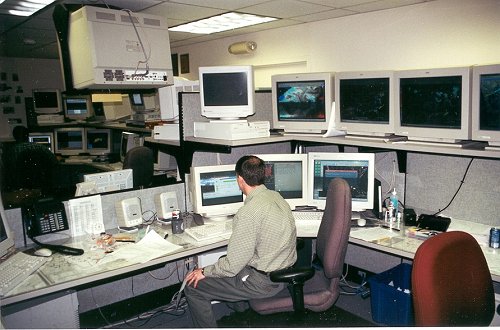 |
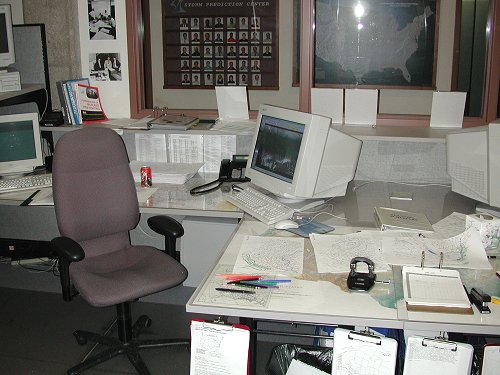 |
|
we cannot totally just rely on the computer! |
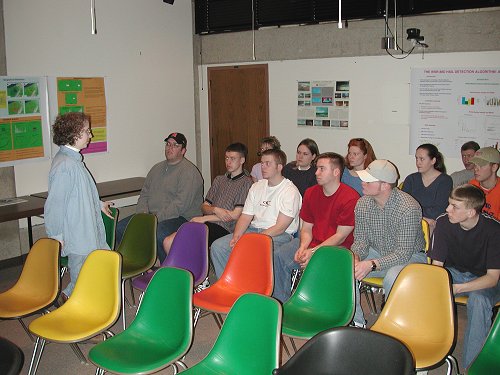 |
|
|
|
http://www.nssl.noaa.gov |
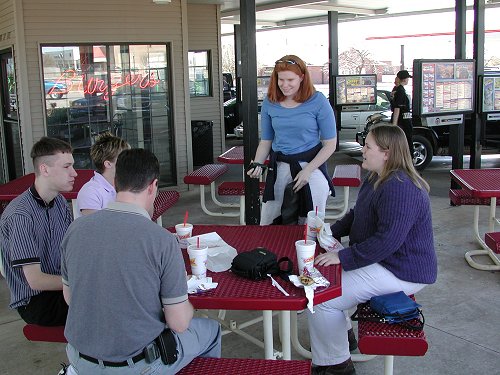 |
|
|
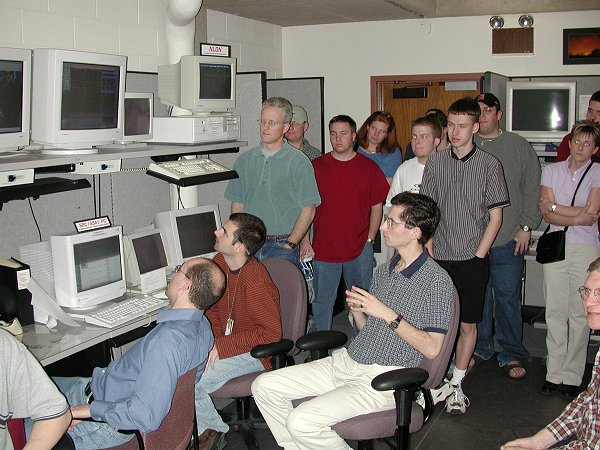 |
|
|
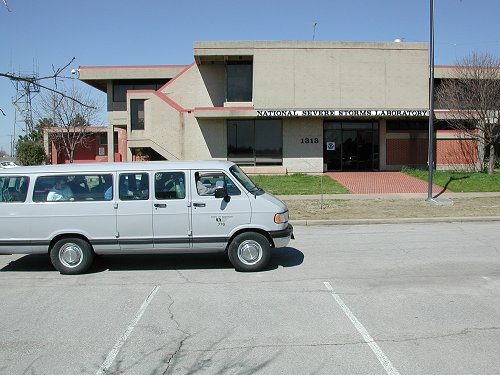 |
|
School of Meteorology. |
|
We visited with the Director of the School of Meteorology, Dr. Fred Carr, their graduate, Celia Jones, who is their Coordinator for Academic Student Services and some graduate students in their meteorology lab. The top 4 floors of the Sarkey Energy tower, shown below, house the School of Meteorology.  |
|
http://weather.ou.edu/~som/ |
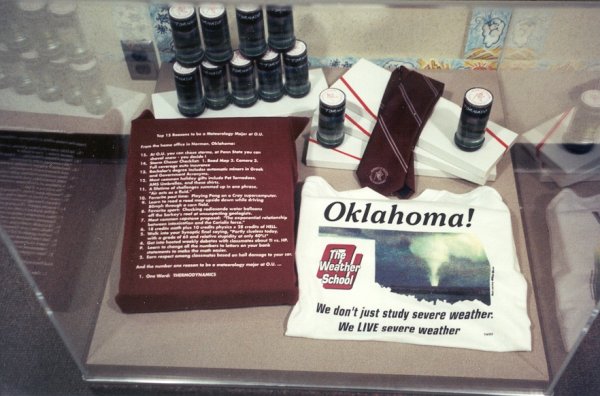
LEARN MORE ABOUT THE OU School of Meteorology AMS Student Chapter: |
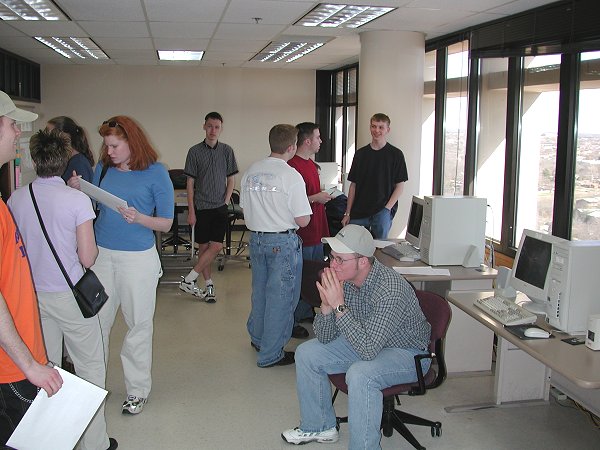 |
| The meteorology lab is located on the 14th floor of the Sarkey Energy Tower. |
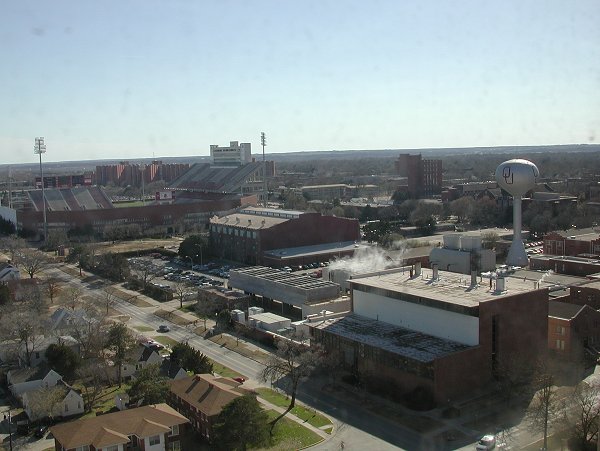 |
|
CLICK HERE or on the above photo to see a larger photo of this view. |
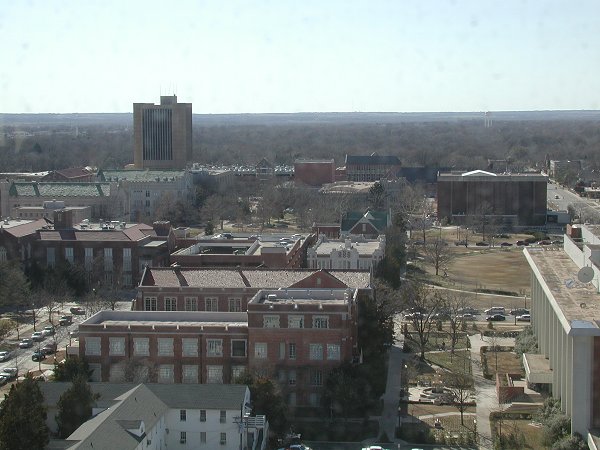
CLICK HERE or on the above photo to see a larger photo of this view. |
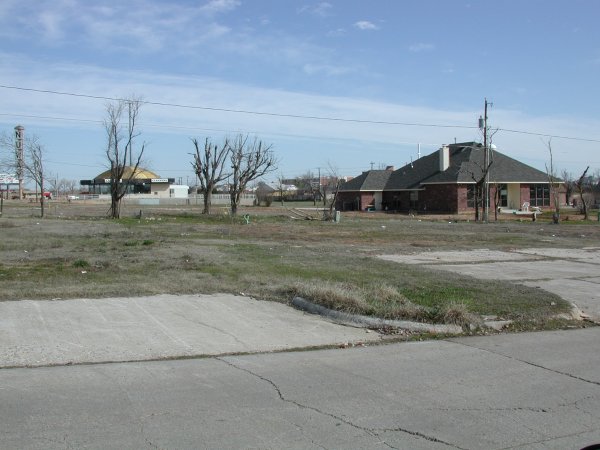 |
|
|
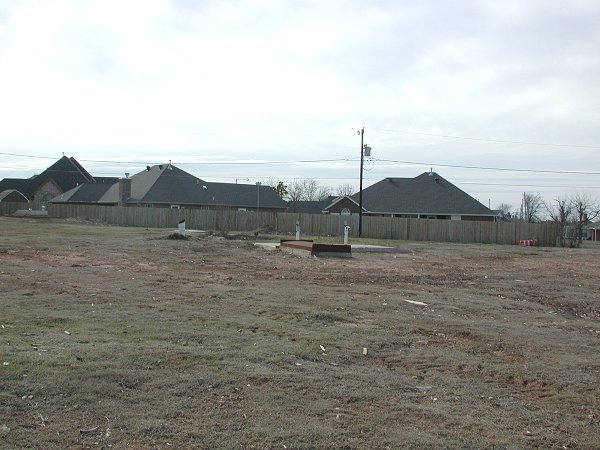 |
|
|
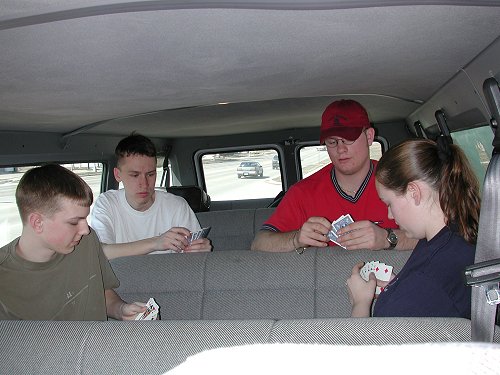 |
|
|
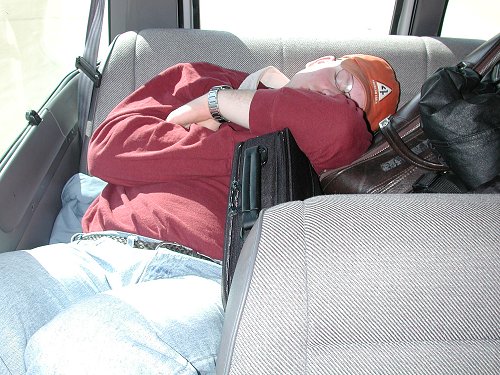 |
|
|
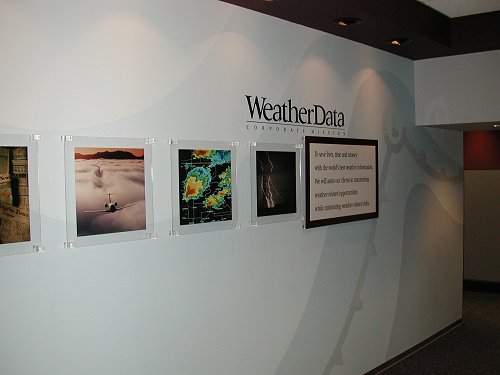 |
|
OU School of Meteorology and is a 20 year old company. |
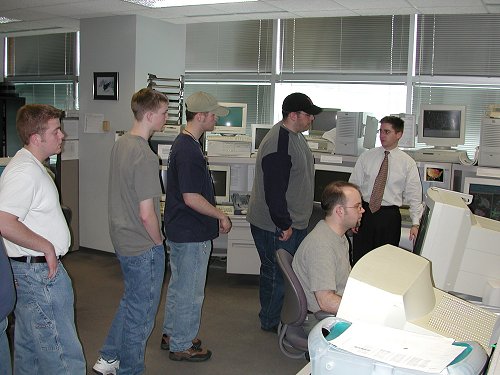 |
|
the group on the tour of the forecast center. |
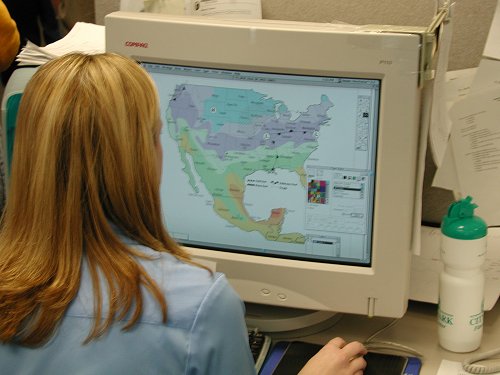 |
|
across the country and the person here is putting the finishing touches on one of these weather pages which was then sent directly to the newspaper for their printing press. |
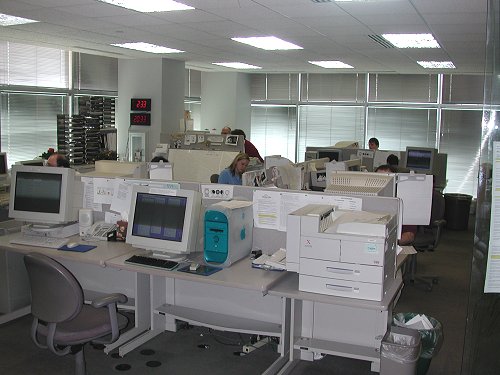 |
|
|
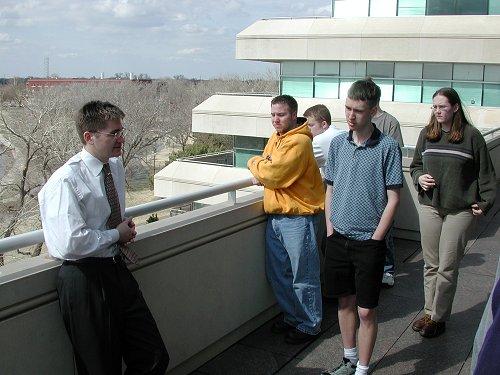 |
|
balcony and we talked with Steve about applied climatology and applied meteorology job opportunities. |
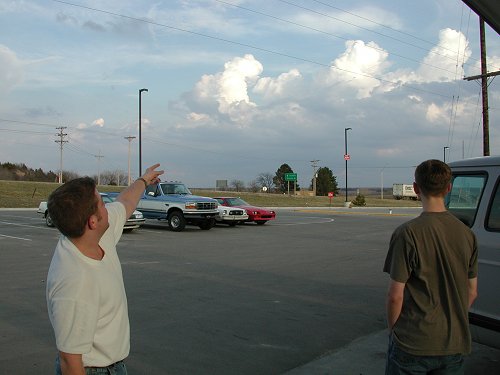 |
|
|
Return to: The Photo Gallery Index Page